Njamito Goes Fairtrade for Cocoa and Vanilla
March 31, 2025Njamito is now Fairtrade certified for cocoa and vanilla! Here’s what that means for farmers, the planet, and the values behind our meal-in-a-bottle.
Read articleHaving started with simple 3-year crop rotations, we are now researching comprehensive, sustainable rotations, potentially featuring gluten-free grains.
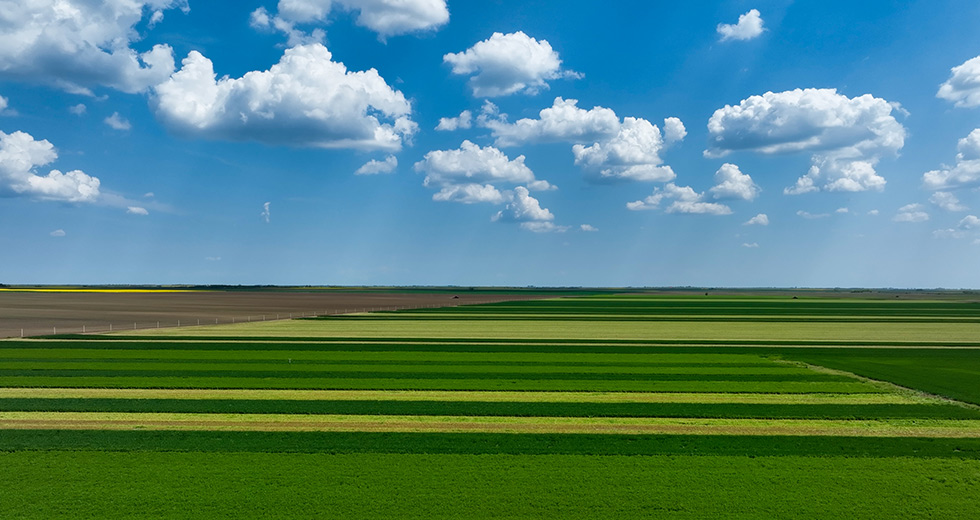
Crop rotation within LoginEKO has navigated through several developmental phases. During the initial seasons (2018-2020), post-land acquisition, there was an establishment phase where the concept of crop rotation remained nebulous, and the planting structure was decided annually, lacking a defined strategy. The planting scheme encompassed a diverse array of crops, including cereals, maize, canola, soybeans, sunflower, beans, zucchini, basil, spinach, millet, hemp, clover-grass mixture, alfalfa, vetch, and lentils. Furthermore, experimental trials involved sowing maize in rye cover across about 500 hectares. While winter cereals exhibited modest yet acceptable outcomes, notably attributed to the residual effects of mineral fertilizers applied in the preceding year, spring crops, apart from two successful sunflower plots in Mužlja, experienced complete failure. Additionally, undersowing in rye cover resulted in total crop losses.
Following this, winter peas, buckwheat, sorghum, and Sudan grass were introduced into the planting structure as green manure crops. LoginEKO, being a stockless organic farm, needed a reliable source of nitrogen for sustainable crop production. Extremely good results were achieved with peas, especially winter peas. Based on the results from 2021 and Bayesian yield analysis in Mužlja and Mošorin/Đurđevo, a three-field crop rotation was proposed for 2022 onward.
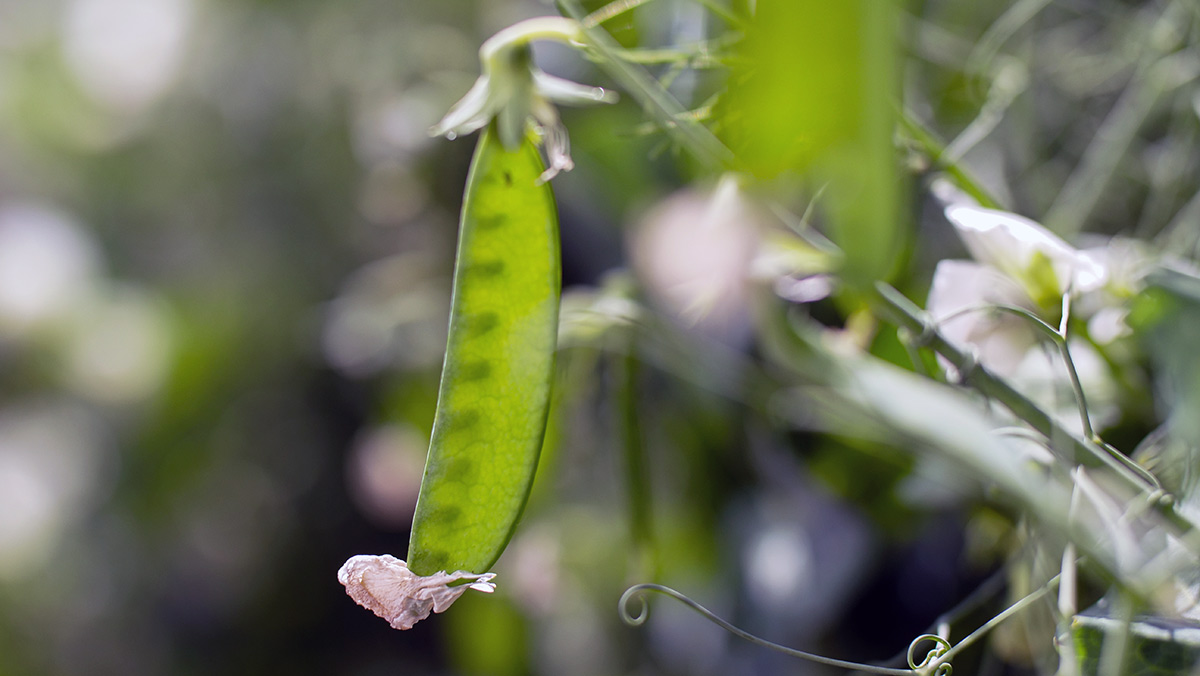
The current crop rotation in LoginEKO represents a three-field rotation with the primary crop sequence: winter peas, cereal, and sunflower.
The function of peas is to produce easily mineralizable organic matter necessary for providing nitrogen for the subsequent crops.
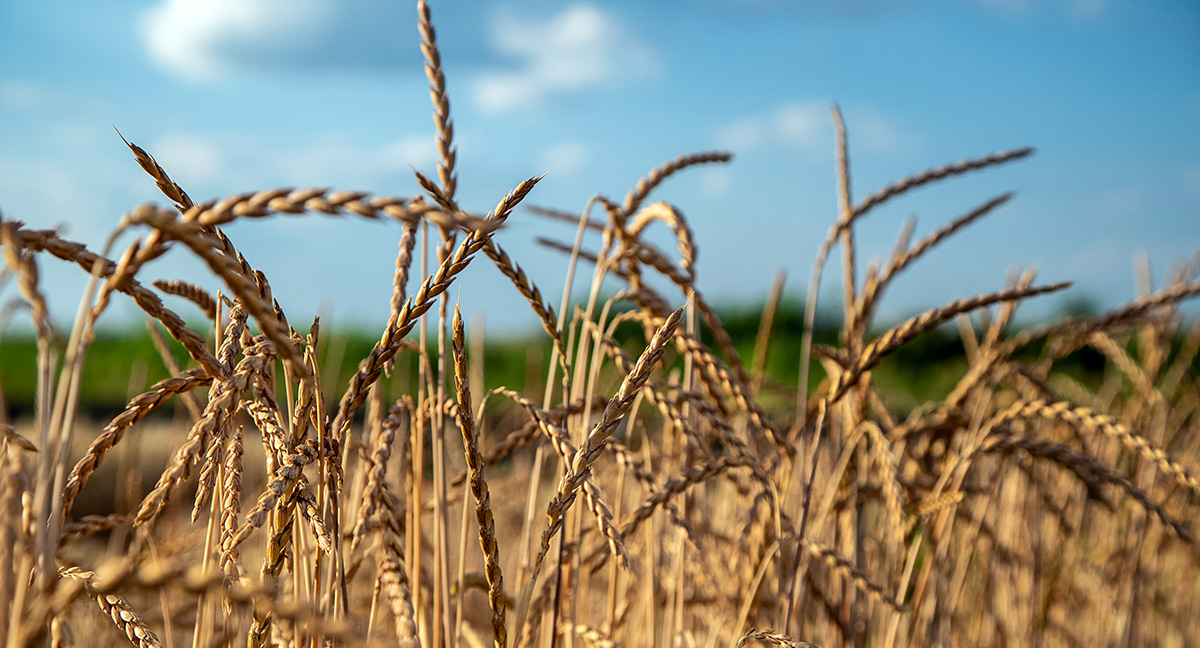
Cereals, especially common and durum wheat, have pronounced requirements for readily available nitrogen in the soil. Cereals achieved satisfactory yields with a rising trend, but the grain quality is still insufficient, particularly concerning protein content and hectoliter weight.
The last crop in our three-field rotation is sunflower, which, thanks to its powerful and deep root system, can absorb nutrients and moisture from deeper soil layers. Sunflowers yielded very good results, except for the NS Leviathan confectionary hybrid, which has an extremely long vegetation period. Areas under corn and soybeans decreased each year as the negative impact of intensive drought in the Banat Region, and the unfavorable environmental conditions for these crops became clearer.
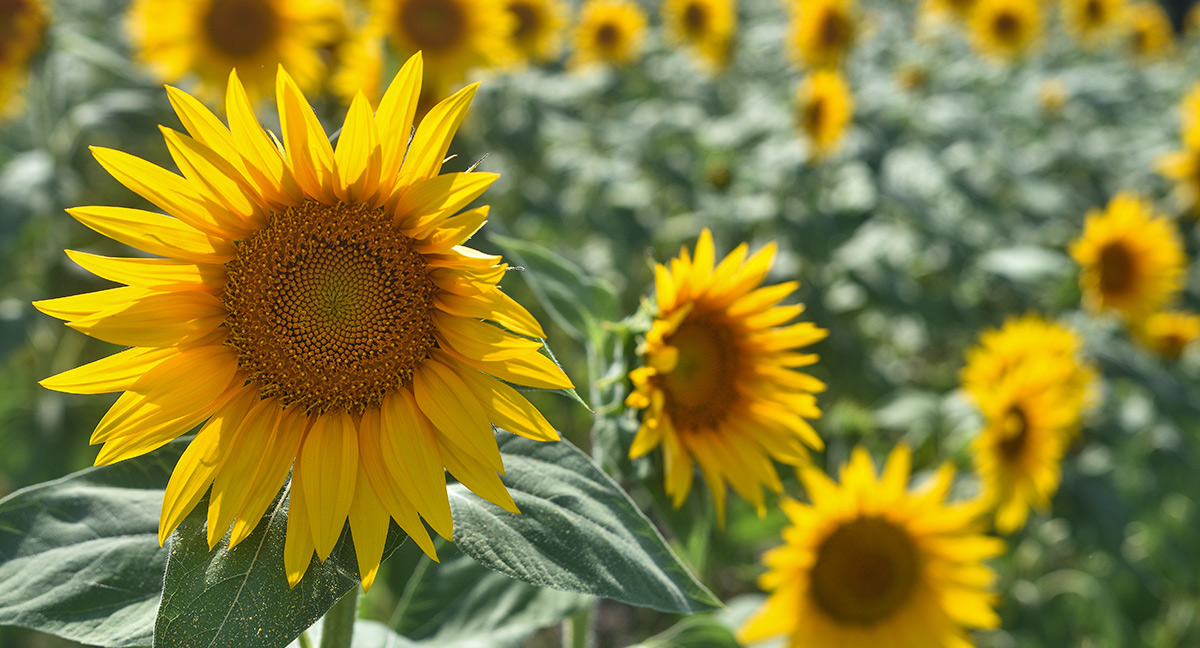
A three-year rotation, being the most straightforward multi-year crop rotation, serves to fulfill expected services including nutrient supply, averting soil fatigue, and moderately curbing weed, disease, and pest occurrences. This uncomplicated crop rotation aligns with fundamental requirements, particularly in nitrogen mineralization essential for human food production, with 75% of the areas dedicated to winter crops adept at avoiding the primary dry period due to their planting date and biological attributes. The decision to introduce this simple crop rotation was rooted in expediting the establishment of production on large areas in LoginEKO, acknowledging the initial scarcity of agronomic knowledge during the development phase. Choosing a three-field rotation over more complex models addressed organizational and logistical challenges significantly, aiming to begin with a simpler production system that would progressively evolve.
For farmers transitioning from conventional to organic practices, a crucial recommendation emerges: "Keep it simple!" Prioritize crops with minimal failure risks, favoring those commonly adapted to their specific environment to foster a smooth transition.
In a three-year crop rotation scheme where peas occupy a third of the arable land, a phenomenon known as “legume fatigue” can arise. This condition stems from an anticipated onslaught of various pathogens (Mycosphaerella, Phoma, Fusarium, Aphanomyces, and other soil-borne pathogens) due to the intense cultivation of peas or other leguminous crops like lupins, field beans, vetches, red clover, or alfalfa. Severe infestations might culminate in the complete failure of the pea crop.
Before our land acquisition, these fields had seen no cultivation of peas or similar legumes for an extended period, allowing for more frequent pea planting for a span of 5-7 years. However, over the long term, such a rudimentary crop rotation approach lacks sustainability, failing to provide the full spectrum of benefits expected from crop rotation, notably in disease prevention. The intervals between sowings, not only for peas but also for other crops, particularly sunflower, prove insufficient in fulfilling a fundamental goal of crop rotation: managing pathogens responsible for plant diseases.
Our prior experiences highlight the necessity of at least a four-year crop rotation to effectively address plant protection.
A sustainable crop rotation must harmonize nitrogen production and its utilization in grain production, thwarting outbreaks of plant diseases, pests, and the proliferation of weed seeds, while safeguarding soil organic matter.
Agronomy tells us as follows. The sequence of crops should prioritize legumes in consideration of LoginEKO’s stockless nature. Following this, the second crop should feature the highest nitrogen demand and the most valuable production. The third crop should entail modest nitrogen requirements, yielding relatively lower grain but with higher market value (e.g., susceptible to lodging, making it less appealing to large conventional producers). The fourth crop should reintroduce legumes, but genetically distinct from peas, having minimal shared diseases. Finally, the fifth crop should possess an extensive root system to efficiently scavenge remaining nutrients from deeper soil layers. This equilibrium not only ensures effective weed control but also serves as a critical strategy for managing pest infestations.
Maintaining this delicate balance between winter and spring crops, alongside varied planting densities, remains pivotal.
The creation and application of crop rotation largely depend on the number of plant species that can be successfully cultivated in our environmental conditions. Within the trials of new crops and other experiments, LoginEKO has tested 48 plant species to date. Most of the tested crops did not suit the heavy clay soil with unfavorable structure, long periods of anaerobic conditions in the soil (excessive moisture), pronounced dry periods during summer months, as well as relatively low levels of readily available nitrogen and very low levels of readily available phosphorus.
In our environmental conditions and considering the requirements of sustainable organic food production, in addition to the already mentioned three crops (winter peas, cereals, and sunflower), good results have been shown by winter flax, winter broadbean, and spring chickpea.
Winter flax is a moderate competitor with weeds but faces very few challenges with diseases and pests. It matures uniformly, ensuring stable grain yields ranging from 1.3 to 1.8 t/ha. Due to its relatively low grain yield, nitrogen depletion from the plot is modest compared to other crops. The main challenge is the fragmentation of harvest residues due to strong fibers in the stem.
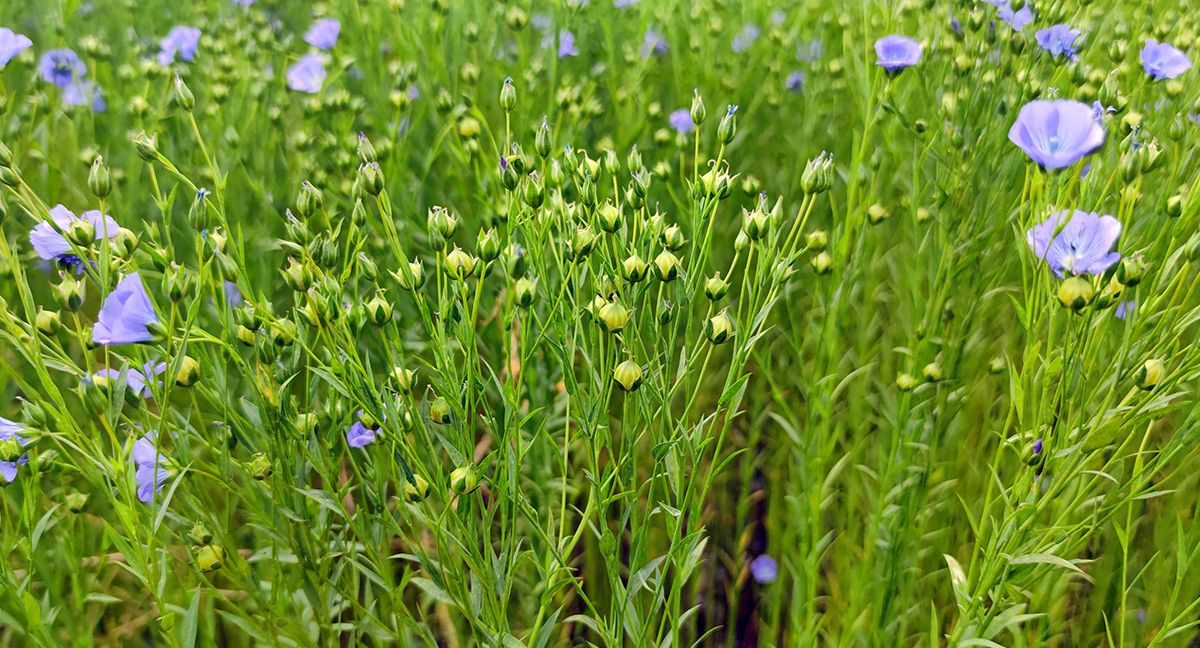
Winter broad bean, a legume similar to peas, provides high amounts of readily available nitrogen for the cultivation of subsequent crops through symbiotic nitrogen fixation. Field beans are good weed competitors, and, additionally, they are a wide-row crop (50 cm inter-row spacing), allowing for additional mechanical weed control. Broadbeans can provide high grain yields, ranging from 2.5 to 4 t/ha, with an exceptionally high protein content of 35-36%. The main challenge with broad beans is their extreme sensitivity to aphids and diseases, such as chocolate spot. Nevertheless, the flowering phase of winter broadbeans precedes that of spring beans, potentially providing an advantage by circumventing heightened pest infestations during the critical flowering period.
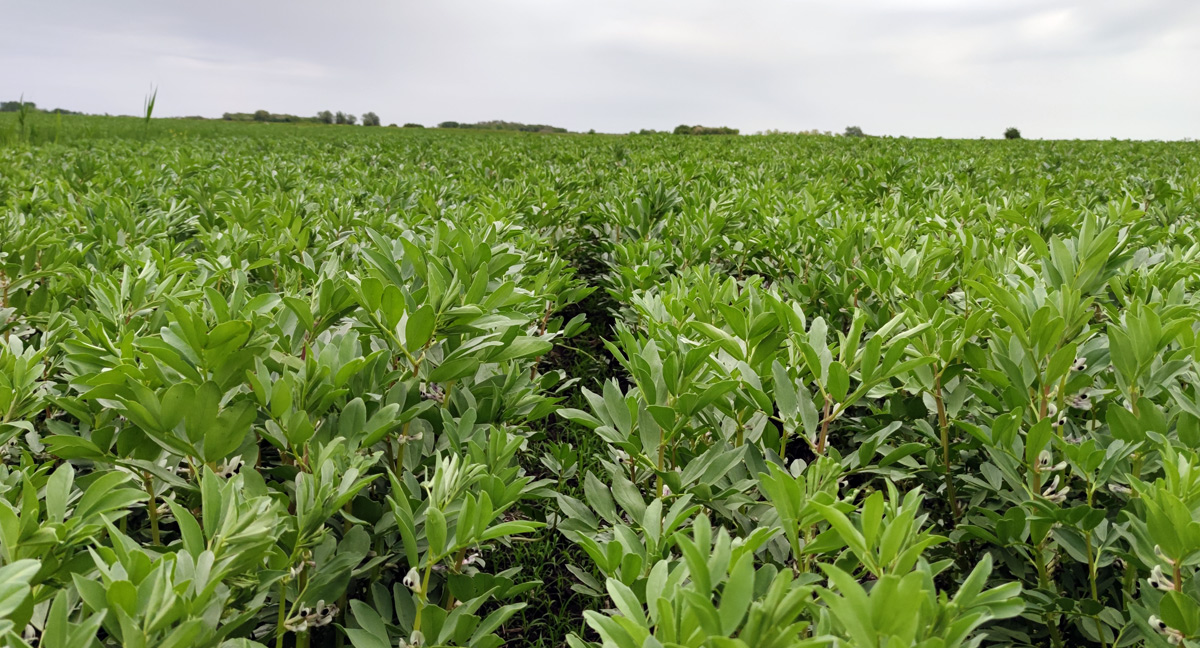
Chickpea is a spring, wide-row legume that tolerates drought well and provides yields of around 1.8 t/ha. In our conditions, it does not form nodules on the roots, meaning there are no Rhizobium ciceri strains in our soil capable of symbiosis with chickpeas and nitrogen fixation. Hence, the protein content in its grain has been very low ( 16-19%), significantly below values characteristic of this crop (19-21%). If we manage to establish functional symbiosis through seed inoculation, chickpea holds promising potential as a successful addition to our crop rotation.
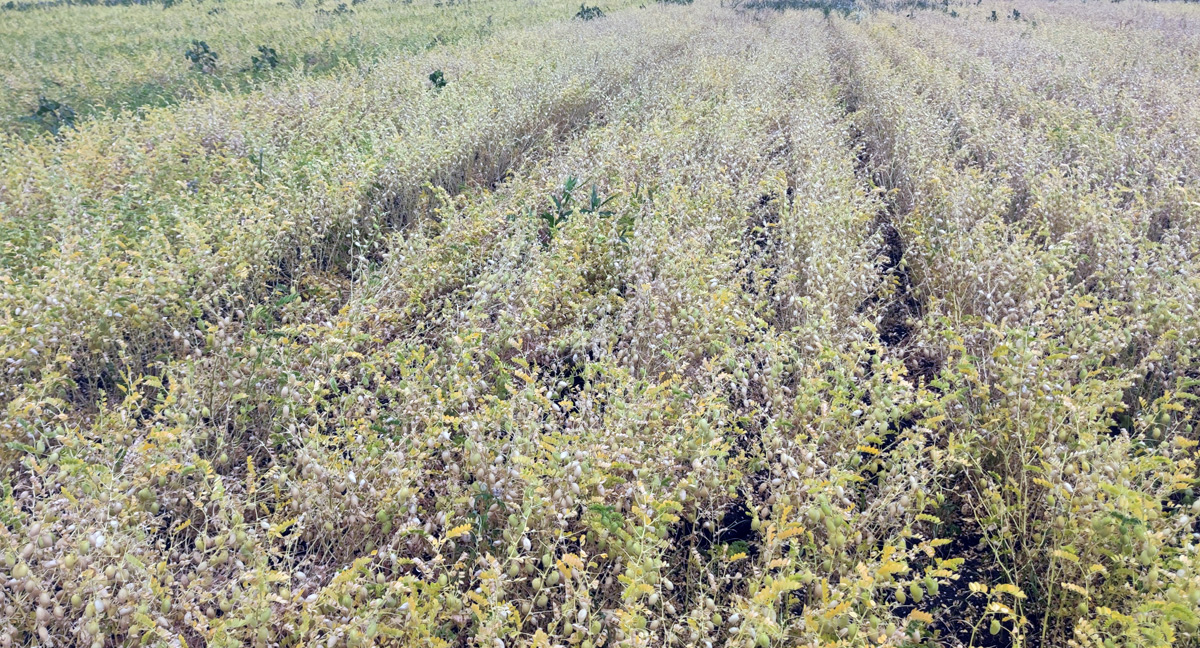
In our quest for sustainable food production, we’ve recognized the value of gluten-free grains as an advantageous avenue. Introducing winter oats as the second crop in our five-year rotation not only ensures gluten-free production but also significantly reduces weed infestation across our plots. Winter oats, characterized by their rapid initial growth, robustness, and prolific nature, emerge as formidable competitors against weeds, substantially boosting our field’s overall vitality. Their allelopathic qualities, releasing weed-inhibiting compounds from their roots, coupled with their tall stature that generates a dense canopy, prove highly effective in shading out light, surpassing other cereals like wheat or barley. Moreover, their superior tillering ability at recommended seeding rates renders oats more competitive with weeds than barley, wheat, canola, or pulses. With a robust start, an oat crop exhibits the necessary vigor to combat weed encroachment efficiently.
At LoginEKO, we’ve carefully crafted a series of field trials starting in autumn 2023, and marking a new stage in crop rotation development. These trials, encompassing three-, four-, and five-year crop rotations, are designed to tackle challenges and expand our knowledge base.
Our goal is to establish a diverse crop rotation system that ensures comprehensive sustainability, effectively managing nutrient supply, prevents soil depletion, controlling weeds, diseases, and pests, optimizing soil tillage, enhancing soil structure, and bolstering vital organic matter essential for overall soil health.
The most likely crop sequence, according to results obtained so far in LoginEKO, would be as follows:
Winter peas, winter oats, winter flax, chickpea, sunflower.
Each crop would be grown on an area of 700 ha annually, with expected food production of more than 8,000 tons in total (about 2,000 tons of dry peas, 2,500 tons of oats, 1,500 tons of sunflower, and 1,200 tons of flaxseed and chickpeas, respectfully). The area of 700 ha for green manure peas would gradually decrease, replaced by an increase in areas for pea grain production (depending on the results of the Winter Pea as the Basis of the Three-Year Crop Rotation trial and the speed of verifying results on production fields).
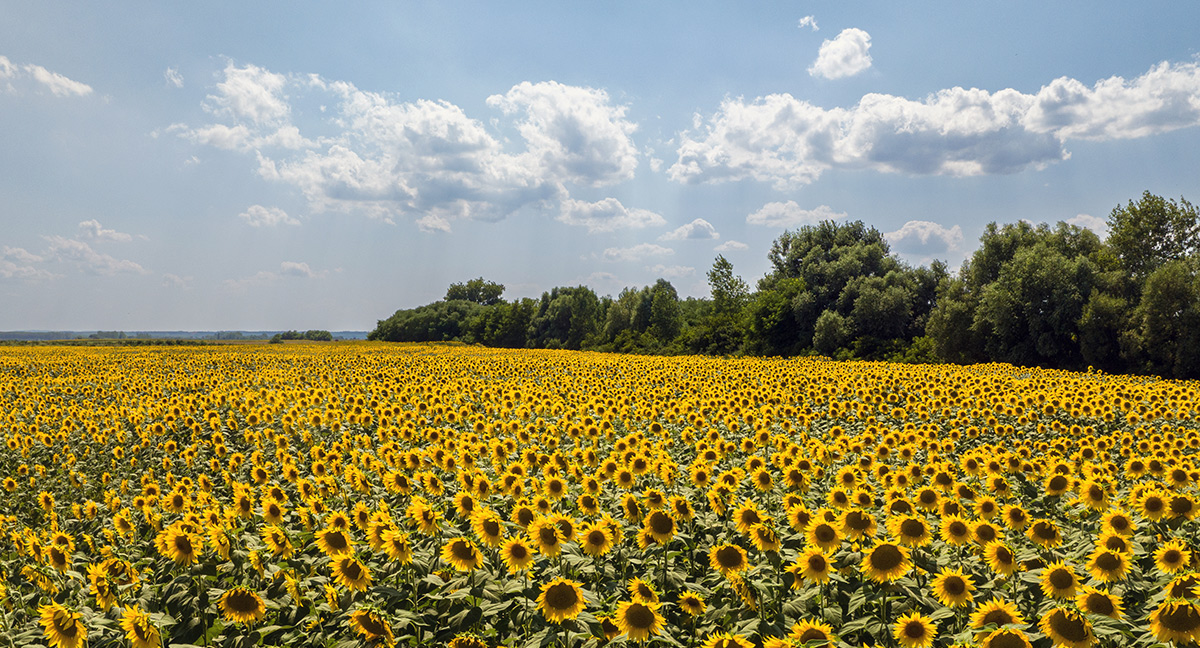
In pursuit of comprehensive crop management strategies, with a particular emphasis on nutrient sufficiency, disease mitigation, and weed management, our primary aim resides in formulating a 6-year crop rotation framework tailored specifically for arable staple crops. Nonetheless, within the domain of vegetable production, where the vulnerability of crops to pathogenic threats is notably elevated, an extended rotation cycle spanning 7-8 years emerges as the optimal approach.
This nuanced adjustment underscores our commitment to sustainable, legume based, livestock-free, large scale, precision agriculture and underscores the significance of tailored strategies to address the unique challenges inherent in vegetable cultivation.
Njamito is now Fairtrade certified for cocoa and vanilla! Here’s what that means for farmers, the planet, and the values behind our meal-in-a-bottle.
Read articleIdealism met reality as we launched our meal-in-a-bottle, Njamito. After 100.000 bottles sold, here’s what we learned about organic food and market adaptation.
Read articleWith organic seeds in short supply, we launched our own organic seed production journey to secure sustainable farming practices.
Read article